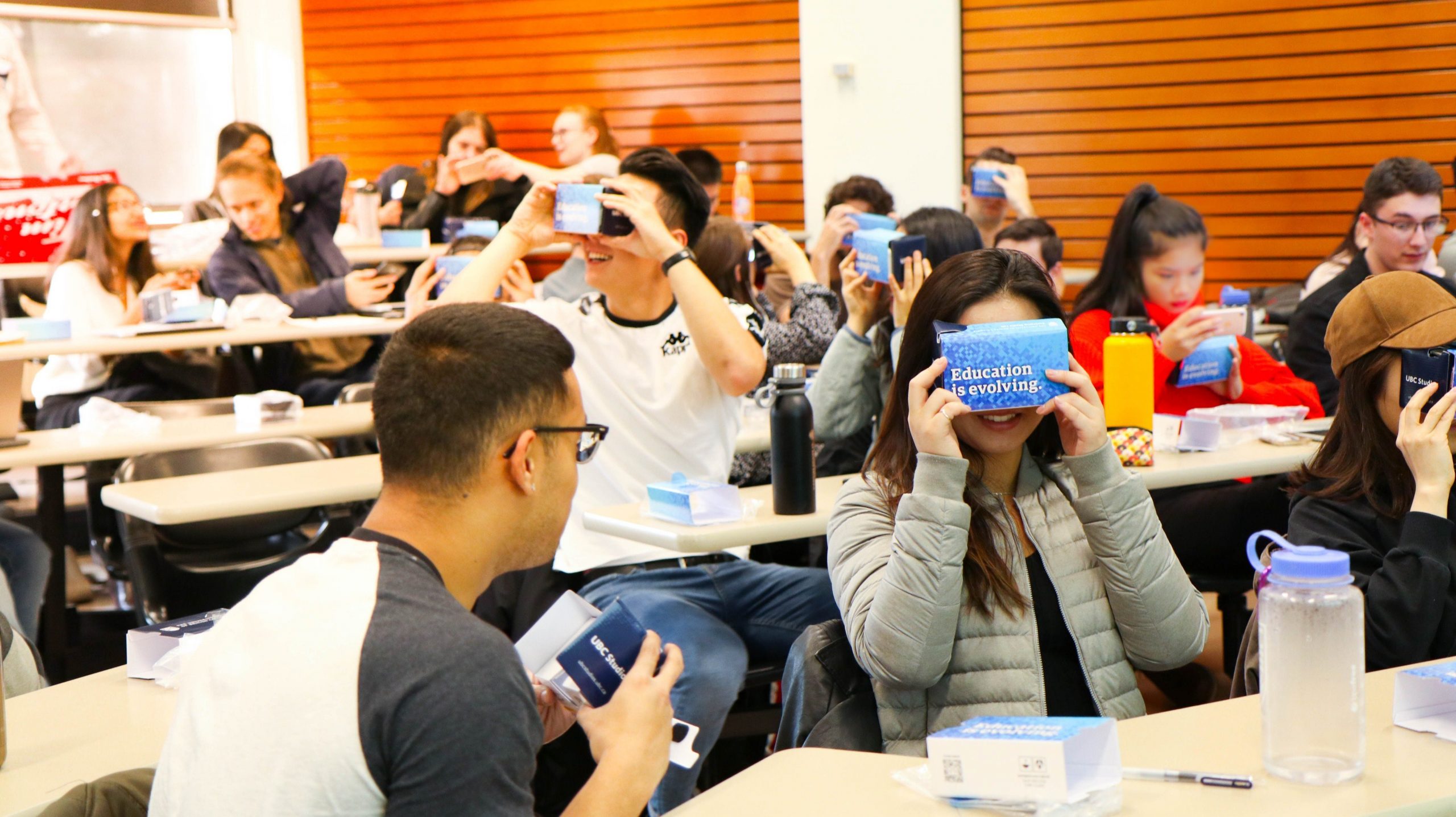
An experimental space at UBC Vancouver is allowing students, faculty and staff to rethink and redesign learning by pushing the boundaries of technology. At the Emerging Media Lab (EML), people can work, teach and research in an innovative, dynamic and collaborative way, such as virtually conducting an orchestra and even touring the brain’s complex neuroanatomy.
“Opportunities to learn to conduct an orchestra have always been limited by the huge investment of time required from the other musicians needed to play and perform with conductors in training,” says Jonathan Girard, director of orchestral activities and assistant professor of conducting at UBC. Jonathan is building a virtual conductor’s podium with his Interactive Orchestra project at the EML.
“Virtual Reality is an amazing opportunity to allow young conductors to experience many previously irreproducible aspects of conducting an orchestra, specifically, how to compensate for the natural time delay between the conductor’s beat and the first sound of the performers.”
Gathered at the EML, faculty from multiple departments contribute to conceptualize innovative solutions, which are developed by students with support from industry partners and EML staff. “We have, in many disciplines, really creative and innovative faculty who want […] to do experiments and learn how these technologies can support them, or support student learning. And the EML gives them a space to do that,” says Simon Bates, associate provost of teaching and learning.
With this effort, UBC is bringing to life Catalyst #3 of the Focus on People 2025 framework. That is, the university is creating opportunities for the community to shape the future of research, teaching and work.
Check out UBC News to learn more about how UBC is exploring new frontiers in education with the EML.